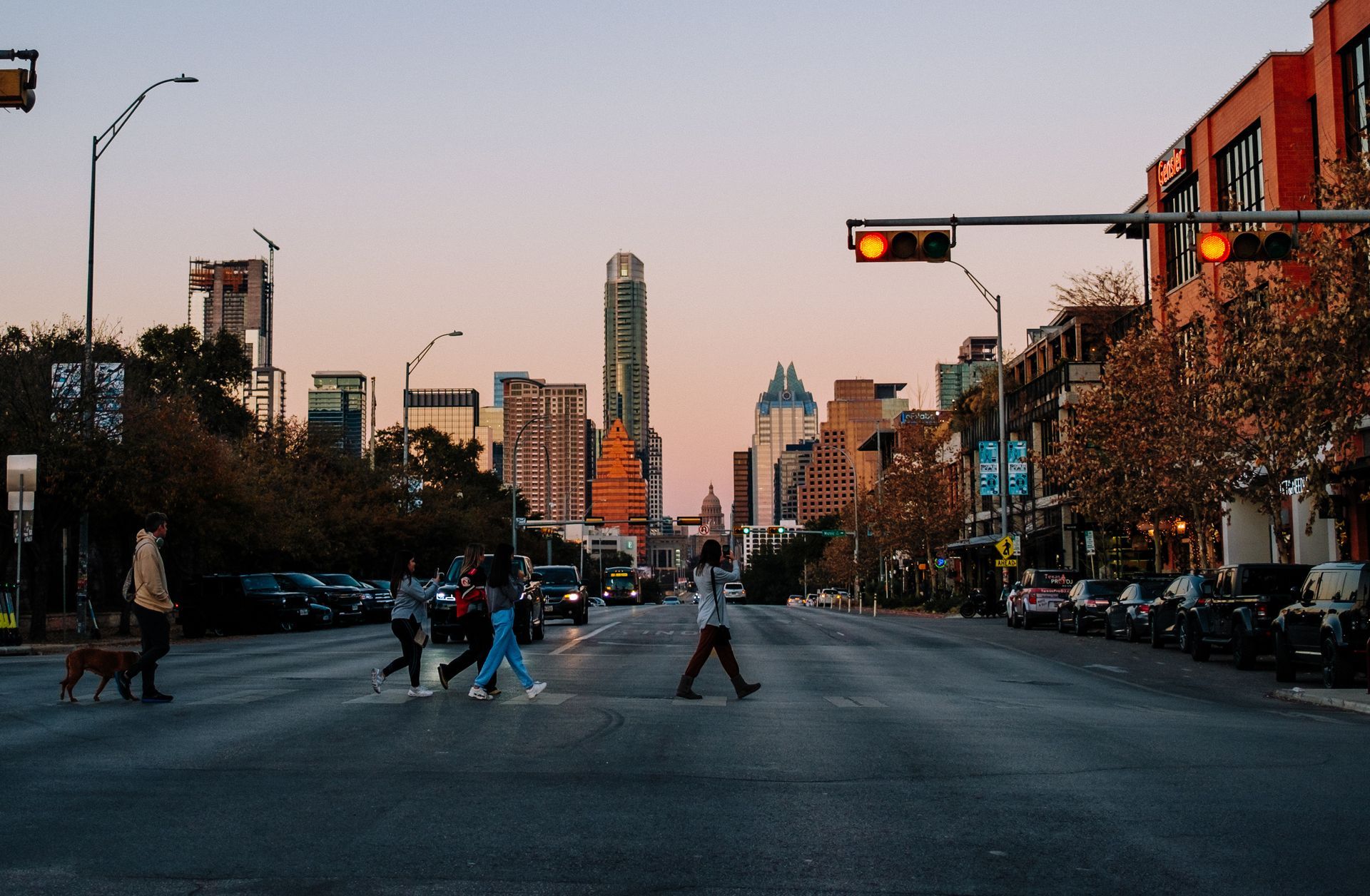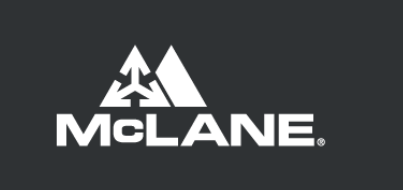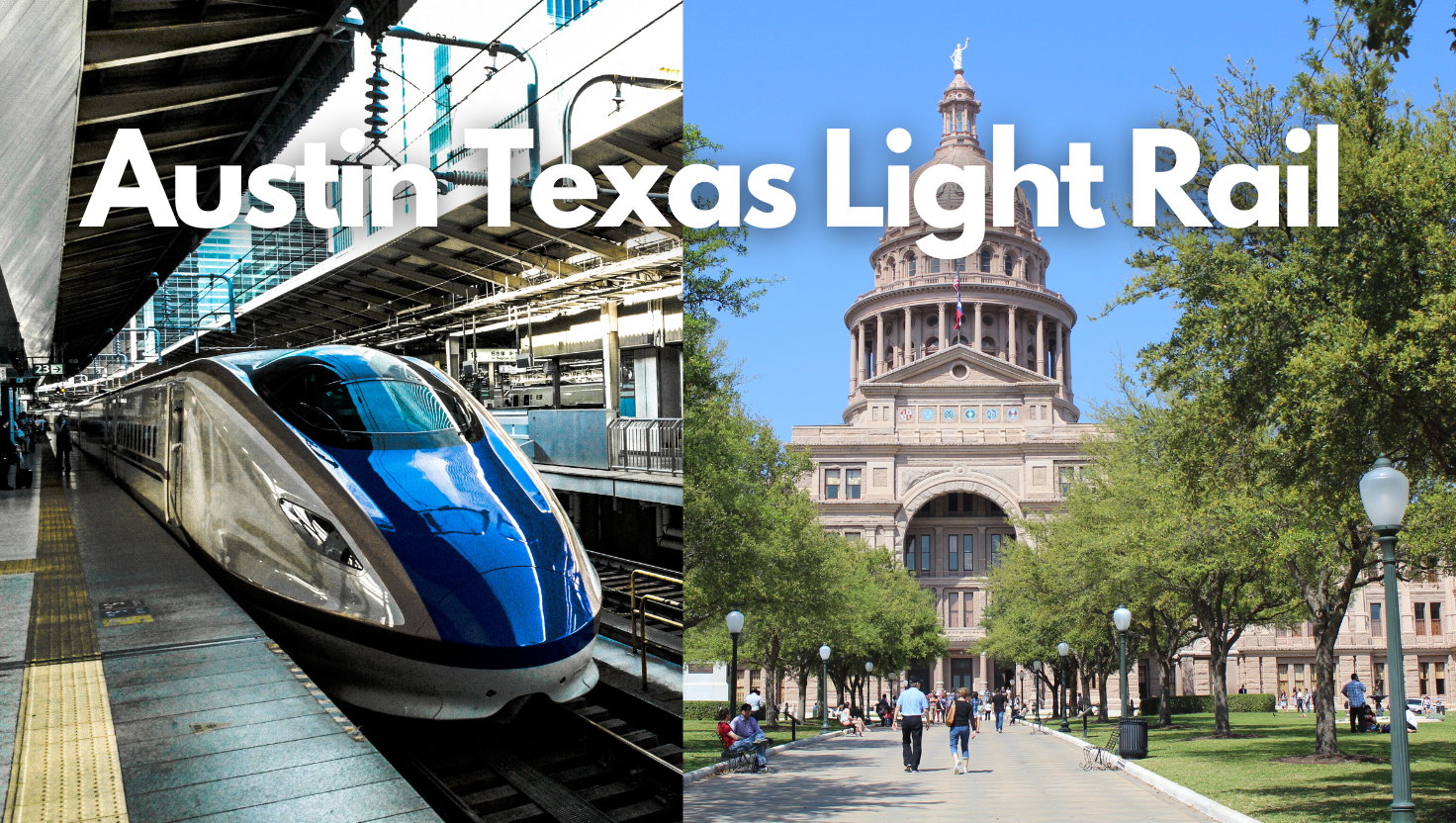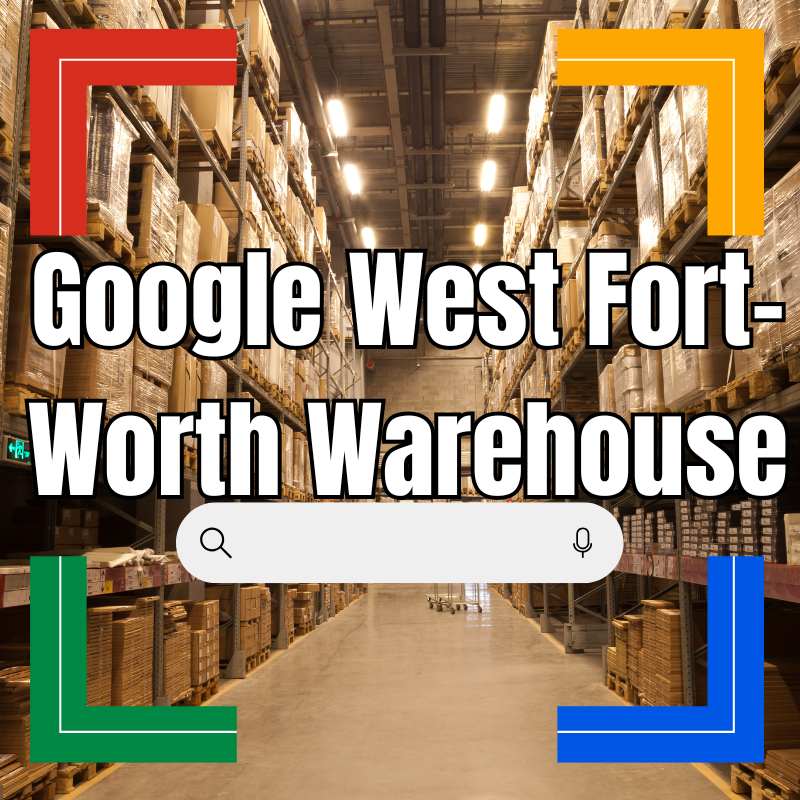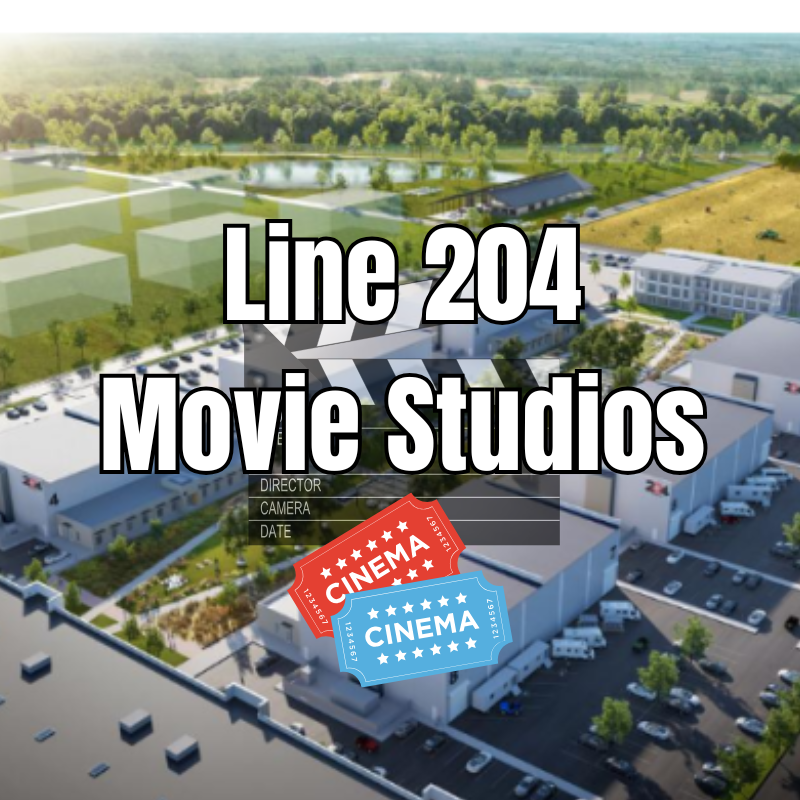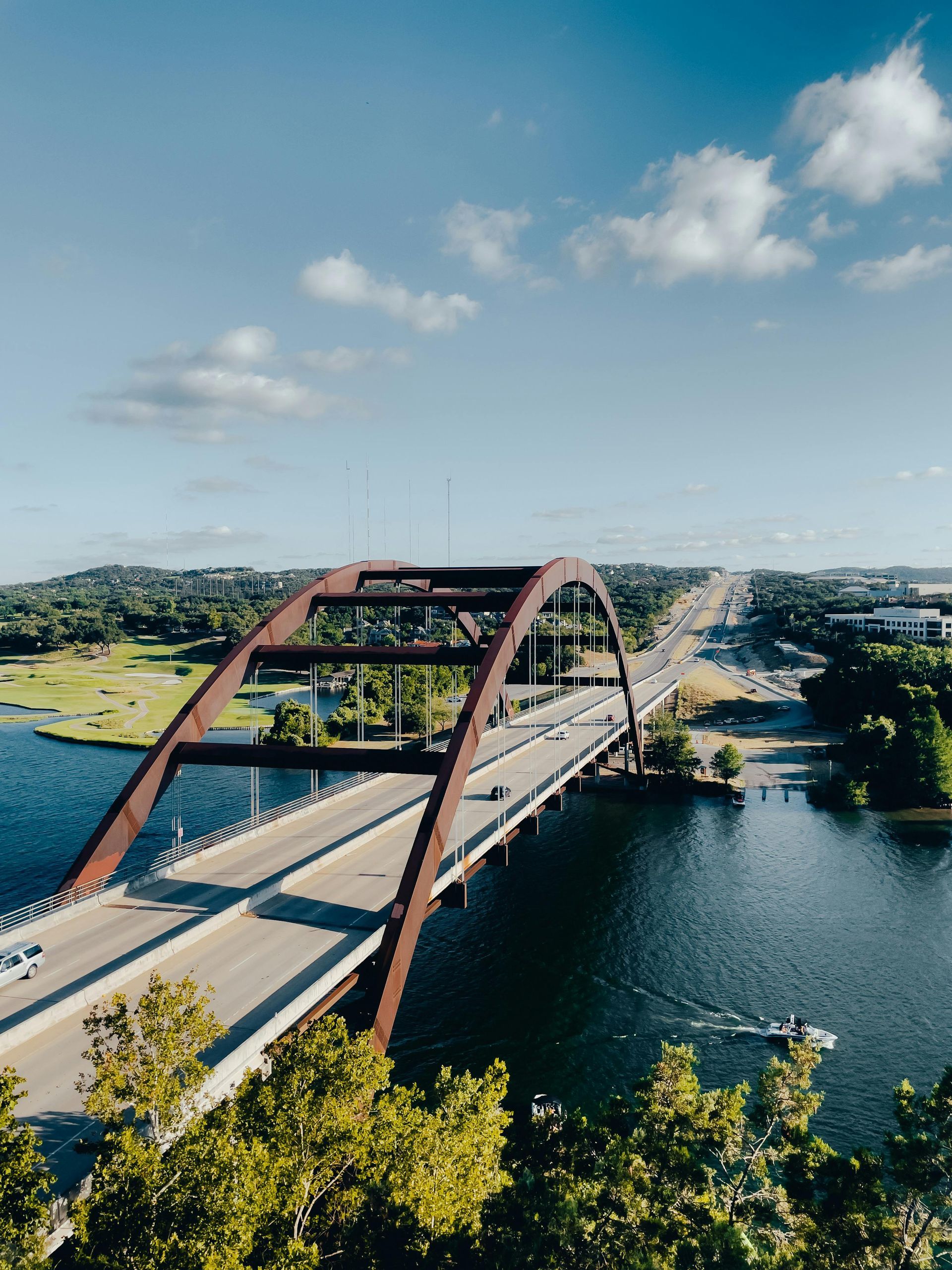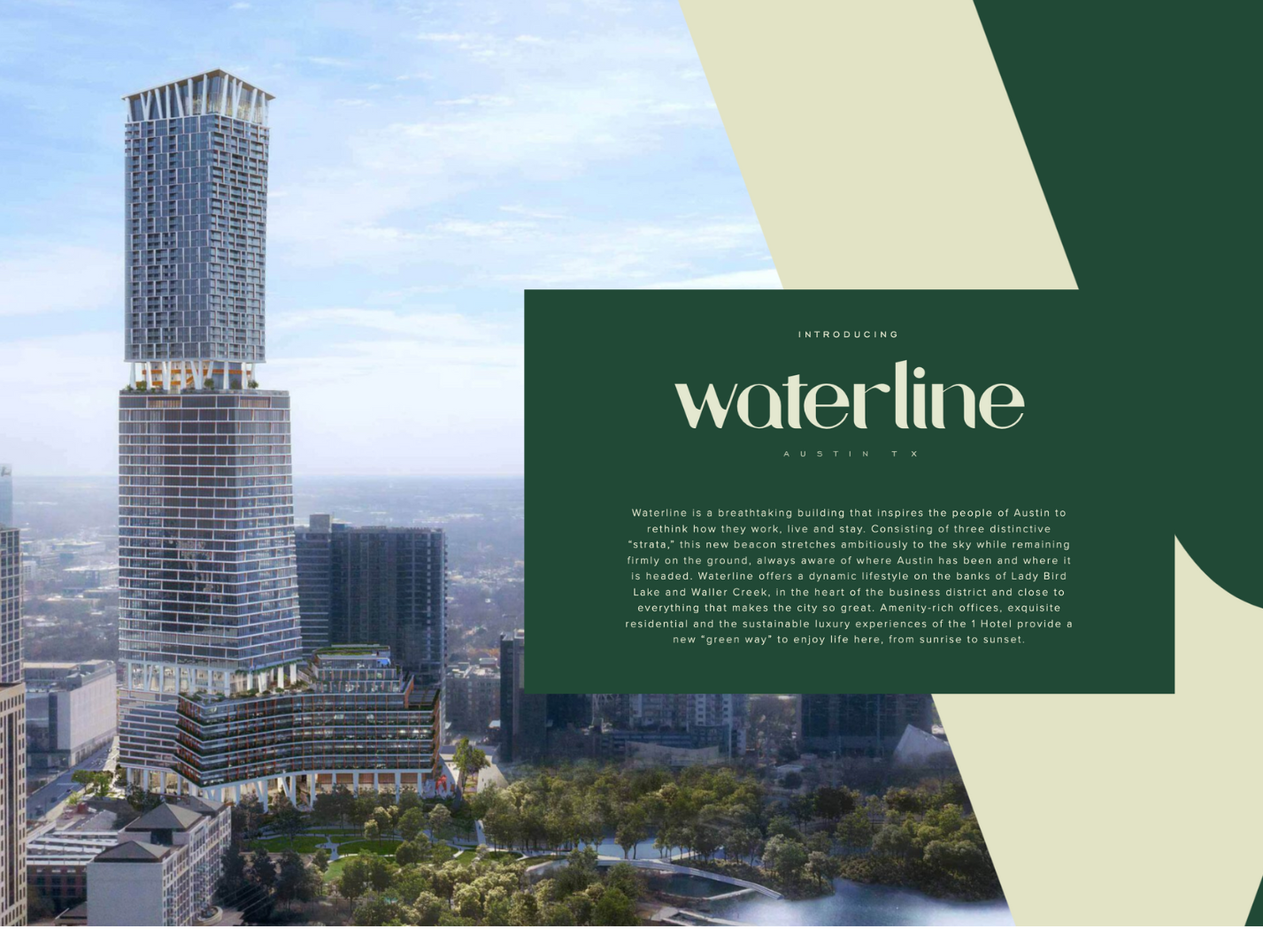Meta Pulls Back on Anchoring Austin's Tallest Building
When will Water Line, The Tallest Building in Texas Be Compete?
2026
Located at 98 Red River St the heart of Austin, Texas, a significant shift in the skyline's evolution has unfolded, marking a notable moment in the city's ongoing urban development narrative. Meta, the tech giant behind platforms such as Facebook and Instagram, initially set its sights high with ambitious plans to occupy a substantial portion of what was poised to become Austin's tallest building. This edifice, known as Waterline—a striking tower emerging 74 stories high and stretching 1,022 feet above the serene waters of Lady Bird Lake on Rainey Street—was destined to redefine Austin's architectural landscape.
Rainey Street The Development of Austin's Second Skyline DevelopmentHowever, a strategic pivot has seen Meta scaling back its occupancy plans significantly.
This decision to retract from occupying 35 floors within this towering beacon of commercial development sends ripples across multiple facets of Austin’s economic and urban planning spheres. The project at 98 Red River had been heralded as not just a physical landmark but also a metaphorical one, signaling Austin’s burgeoning status as a tech hub capable of attracting marquee names in Silicon Valley and beyond.
Meta's initial investment was viewed as an affirmation of Rainey Street’s transformation from sleepy residential area to vibrant commercial powerhouse.
The scale-back is emblematic of broader trends affecting the tech industry and commercial real estate markets worldwide. Companies are reassessing their spatial needs in response to evolving workplace models spurred by shifts towards remote and hybrid work arrangements—a reconsideration that has only accelerated since the onset of global disruptions.
Meta’s recalibration on its commitment to Waterline reflects deeper considerations about space utilization efficiency, corporate footprint sustainability, and long-term strategic flexibility.
While this move may seem like a step back for Austin's aspirations towards sky-high architectural marvels and tech-driven economic growth, it opens up discussions about sustainable urban development, diversification of commercial tenants, and adaptive reuse strategies in dynamic cityscapes like Austin’s.
Rainey Street's Tallest Building in Texas the 74 Story Waterline |
Commercial Real Estate Coming to Austin
In recent years, Rainey Street has transformed from a quiet residential area to a bustling commercial hub, reflecting Austin's rapid urban development and its burgeoning status as a cosmopolitan city.
Amidst this transformative wave, one development stands out not just for its sheer size but also for its symbolic representation of Austin's ambitions: Waterline.
Situated at 98 Red River and soaring 1,022 feet above Lady Bird Lake, Waterline is poised to become not just Rainey Street's but Austin's tallest building. This 74-story skyscraper marks a significant milestone in the area's commercial boom.
Meta Reduces Footprint: Pulling Back 35 Floors In Austin’S Tallest Tower
In a significant shift in urban development strategy, Meta Platforms Inc., formerly known as Facebook, has decided to scale back its ambitious plans for the tallest skyscraper in Austin, Texas. Initially set to occupy 35 floors of the Waterline project, a towering edifice poised to reshape the city's skyline on Rainey Street, the tech giant has opted for a more conservative approach by retracting its commitment to such an extensive footprint within this landmark building.
The Waterline project, situated at 98 Red River and soaring approximately 1,022 feet above Lady Bird Lake, is not only a testament to architectural prowess but also marks a pivotal moment in Austin's commercial real estate landscape. This 74-story structure was anticipated to become a beacon of technological innovation and urban development, with Meta at the helm occupying a substantial portion of its commercial space.
Meta's downsizing decision may reflect broader market recalibrations or strategic pivots within individual firms; however, it underscores an essential aspect of modern urban development: adaptability. As cities like Austin evolve into major commercial centers, their ability to accommodate changing corporate landscapes while maintaining growth trajectories will be crucial.
Read more about meta downsizing
The Rise Of Waterline: A Glimpse Into Austin’s Future Tallest Building At 98 Red River
The Waterline project, poised to redefine the Austin skyline from its prestigious perch at 98 Red River, is not just an architectural marvel stretching 1,022 feet above Lady Bird Lake. It's a beacon of the city's burgeoning growth and a testament to its economic resilience. As Meta scales back to occupy 35 floors of what will be Austin's tallest building, this commercial development symbolizes more than just office space; it heralds a new era for the city's economic landscape and social fabric.
In the bustling heart of Austin, Texas, a new landmark is on the horizon. The city, known for its vibrant culture and booming tech scene, is no stranger to development and innovation. Yet, the announcement of Waterline, a towering structure set to rise at 98 Red River Street, has ignited a wave of anticipation and excitement. This architectural marvel isn't just any building; it's poised to become Austin's tallest, stretching an impressive 1,022 feet above the shimmering waters of Lady Bird Lake.
With 74 stories of mixed-use space, Waterline is set to house luxury residences, cutting-edge offices tailored for tech companies and startups, retail spaces, and public amenities designed to foster community engagement.
The decision by Meta Platforms Inc., formerly known as Facebook Inc., to pull back from leasing 35 floors within this iconic tower has done little to dampen enthusiasm for the project. Instead, it underscores the dynamic nature of commercial real estate in tech-centric cities like Austin where flexibility and adaptability are key.
As construction progresses at 98 Red River Street, Waterline is not just transforming the physical landscape; it's reshaping perceptions of what Austin can be. It stands as a testament to ambition—the embodiment of a city that continually reaches higher while staying true to its roots beside Lady Bird Lake.
Architectural Marvels: Design And Features Of The 74-Story Waterline Tower
The Waterline Tower, soaring into the Austin skyline as the tallest building in the city, is not just a testament to architectural ambition but also a beacon of innovative design and sustainable construction. This 74-story marvel, located at 98 Red River Street and extending 1,022 feet above Lady Bird Lake, embodies a new era of urban development that harmonizes with its natural surroundings while setting new benchmarks in high-rise construction.
Beyond aesthetics, Waterline Tower is engineered for sustainability and resilience. It incorporates green technologies such as rainwater harvesting systems and energy-efficient lighting, aiming for LEED certification. The building's orientation and window glazing are meticulously planned to maximize natural light while minimizing heat gain, reducing reliance on artificial cooling.
A New Horizon For Austin: Economic And Social Implications Of The Waterline Project
The implications of such a monumental project extend far beyond its impressive physical footprint. Economically, Waterline is set to inject vitality into Austin’s local economy by attracting investments and generating jobs. The presence of a tech giant like Meta underscores Austin's status as a tech hub, drawing not only other technology companies but also fostering startups and small businesses eager to be proximal to innovation leaders.
This influx of businesses is anticipated to boost local industries, from construction to hospitality, creating a ripple effect that benefits various sectors.
Waterline, the new supertall tower in Austin. pic.twitter.com/96HW0br6VM
— Citycast™ (@metroTM32) September 8, 2023
Nice view of the north end of Rainey featuring the U/C 1,022' Waterline, 658' Modern Austin & 594' Travis towers. Credit: SproutingTowers at skyscraperpage. pic.twitter.com/rflmMHwJ6m
— The ATX (@TheATX1) March 12, 2024
Free tacos? A Torchy's mural? Check and check.
— Torchy's Tacos (@torchystacos) March 14, 2019
Swing by the tiny home at 98 Red River Street today to see our mural and do some painting with Wiley Ross while you're in line for your tacos! pic.twitter.com/ZbRaRB6xJW

